The Disneyfication of history: are colourised films and photos lying about the past?
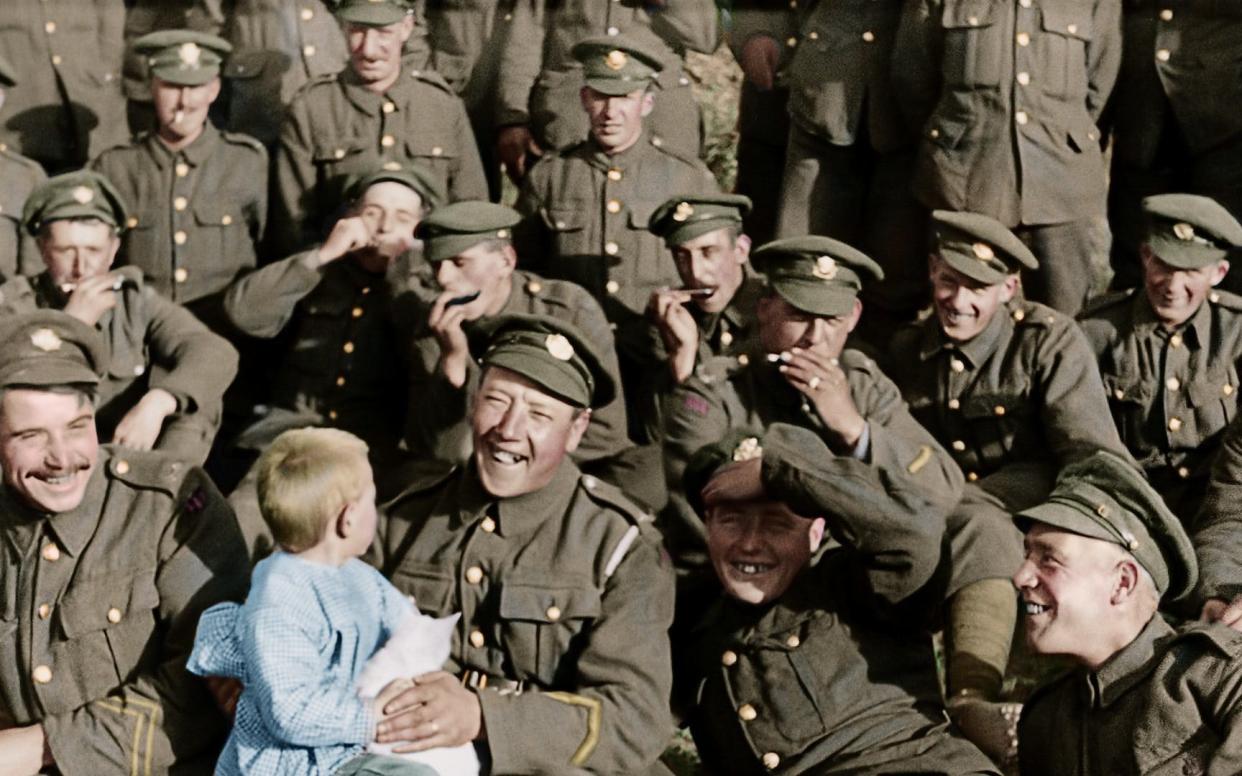
In 1988 when he was 80 years old, the actor Jimmy Stewart flew more than a thousand miles from his home in Beverly Hills to Washington, to petition congress.
His cause? To testify against the “colourizing” of It’s a Wonderful Life, the 1946 film in which he had played the leading role. He confided to a friend that the coloured movie looked, “like Walt Disney threw up on it.”
He wasn’t the only one to think colourisation a sacrilege. Katherine Hepburn and Clint Eastwood joined the fray, as did directors George Lucas and Billy Wilder. The film critic Roger Ebert was particularly incensed. “Anyone who can accept the idea of the colourization of black and white films has bad taste,” he wrote. “If you ‘like’ colorized movies, it is doubtful that you know why movies are made, or why you watch them.”
Their efforts might have forced movies to be labelled “colorized”, but it didn’t prevent it. Some 600 black and white films were coloured in the Eighties – and in garish fashion.
Colouring technology has improved immeasurably since (Google Photos is soon to release an AI-based colourisation tool) but the depth of feeling surrounding the practice has never really gone away. Mention it in the presence of film and photography purists and you’ll be scorched by blasts of vituperative rage.
The issue set teeth gnashing again recently, when it was revealed that Lord of the Rings director Peter Jackson has coloured original black and white footage from the First World War to create a new feature-length film.
They Shall Not Grow Old, which premieres in London in a fortnight’s time, and which will be broadcast on the BBC on Armistice Day, was commissioned by 1418Now and the Imperial War Museum, who wanted to reach a younger generation: those who have grown up with colour photos and films, and for whom the Great War remains a list of battlefields and numbers of dead.
There are about 2,000 films of the First World War in the IWM archives. Much of that is official: propaganda shot by the war office and the Admiralty. You’ll be familiar with a lot of it, because it’s the stuff that tends to get repurposed– partly because it’s already digitised, partly because it’s archetypal.
But there is also, says the IWM’s head of film, Matt Lee, a great stash of footage that has barely been seen since it was shot. “It’s unusual, mundane, but still fascinating and that’s what we wanted Jackson to reanimate,” adds Lee. “We hoped it would coincide with his imagination.”
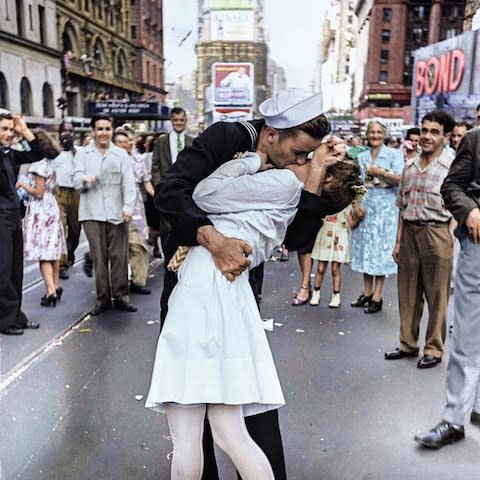
Jackson has previously coloured photographs from the First World War for an exhibition in New Zealand, “I wanted people to see war as the soldiers saw it,” he said. "You actually see the faces – you actually see the people. They jump out and become people you would work with – just normal people.”
Colourising is only one part of his process for They Shall Not Grow Old. Stereo D, the visual effects company who worked on the footage, also removed dust, scratches, rips and chemical splotches from the films, re-timed them from the then standard 13 frames per second to today’s 24, and converted them to 3D.
To do so, they’ve had teams in California, Canada and India, working round the clock for three years. If this seems a lot, consider that a 30-second piece of footage could take three months to be complete. Some scenes have taken five. Water is particularly hard, as are skin tones, and anything organic. A horse galloping through water would be, in one of the team’s words: “tough”.” Tellingly, one of the test pieces Jackson gave them featured soldiers holding a wriggling fox.
They must have done a good job, though, because even Lee was impressed: “I’ve worked with those films for 18 years,” he told me, “but in colour, they are eye-opening.”
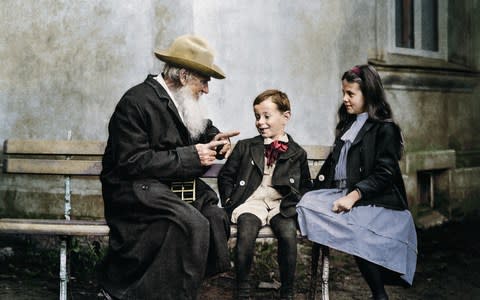
One of the main complaints circulating about colourisation concerns accuracy. Milton Adamou, who heads up the colourists at Stereo D, describes their process as “mostly forensic but also creative.” Jackson employed a historian, Pete Connor, for the project, who sent examples of uniform and other materials to the teams so that they could touch and feel it, and see how it reacted in different lights. Jackson himself went to the locations featured in the film to take reference pictures.
“Everything in the frame is dissected and analysed, then cross-referenced,” says Adamou. Though they were allowed, he admits, to freewheel on some details “that would be visually interesting to the audience.”
The thing is, we don’t know what colour a door or a non-regulation shirt was. And the film those intrepid cameramen were using was only sensitive to green and blue – meaning your black and white “key” is always off.
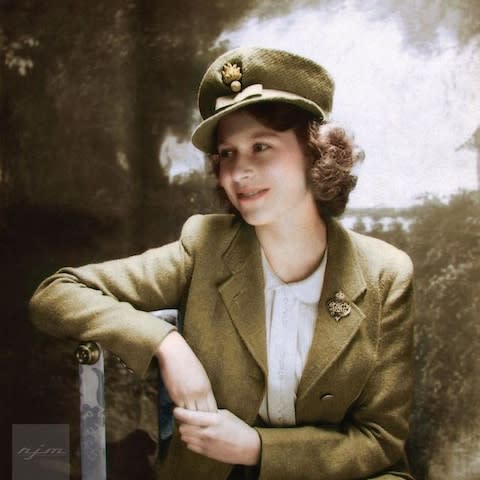
Anachronisms creep in, too. “How Stupid can you be – giving old soldiers perfect shiny white Hollywood teeth!” wrote one commentator on an article about Jackson’s film published in the Telegraph earlier this year.
While the colourists may not have deception in mind, over time, these inaccuracies accumulate. It’s very easy to colourise your own photos these days – as the thousands of examples online attest. A Reddit thread dedicated to the practice has more than 60 000 subscribers. As these images travel all over the internet, the lies they tell will start to become fact. “It's one thing to remember our history. It's another to remember it wrong,” the blogger Matt Novak has said.
Marina Amaral, whose book of colourised photographs, The Colour of Time, was published earlier this year, disagrees: “the original photos are not damaged in the process and we can always look at them again,” she told me, a view echoed by the IWM. Says Lee: “The original isn’t going anywhere – the way to think about it is: would this material ever reach an audience if it wasn’t coloured?”
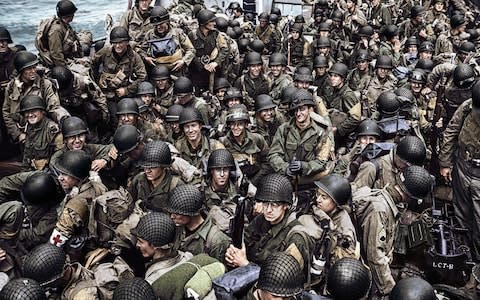
Colouring black and white film is hardly new. Before dust settled on the first successful photographic prints of 1839, tinkerers and hobbyists were in feverish competition to add colour.
By the Twenties, the majority of silent films were coloured – it was just one of several ways of augmenting the cinema experience, alongside a pianist or orchestra. Many of Hitchcock’s early films were bathed in a dye, as is Herbert Ponting’s The Great White Silence.
Later came Pathé’s stencil colour, and Kinemacolor. By modern-day standards, they are artificial, but still beautiful, with “a level of emotion that I couldn’t imagine them having otherwise,” says Robin Baker, head curator at the British Film Institute.
Baker has noticed requests to colour film owned by the BFI have increased lately, but he’s not overly troubled. “Our attitude has always been to encourage the widest dissemination of the national collection and as long as it’s not pretending that the original was in colour, or tampering with the original – that’s fine. Colour can be a way of helping people to engage.”

The idea that coloured images/footage is an educative tool has strong currency. For young audiences in particular, black and white, is “other”, dry, alienating. Even those who appreciate its nuances must admit that colour resonates with us at a much deeper level. “Colours, like features, follow the changes of the emotions," Picasso said.
But sometimes things come alive in black and white in a way they cannot in colour. Don McCullin, for instance, arguably our finest war photographer, has stuck to it steadfastly. “I don’t really need to see the glory of blood in colour,” he said, in a 2013 interview. “Black and white is a much more holding and powerful image…so that the thing really comes at you…I want those images to be with you. I want them to contaminate your thoughts. They do mine."
For Baker, the answer is to “think of colourisation as complementary; an impression. It’s never going to be 100 per cent historically accurate but film is not a religious icon – you’re not throwing bright pink paint over a medieval sculpture. Peter Jackson is one of the world’s leading filmmakers, why wouldn’t you want to see what he can do with it?
Peter Jackson’s They Shall Not Grow Old premieres at the BFI London Film Festival on October 16, and will be released in UK cinemas the same day; see bfi.org.co.uk

